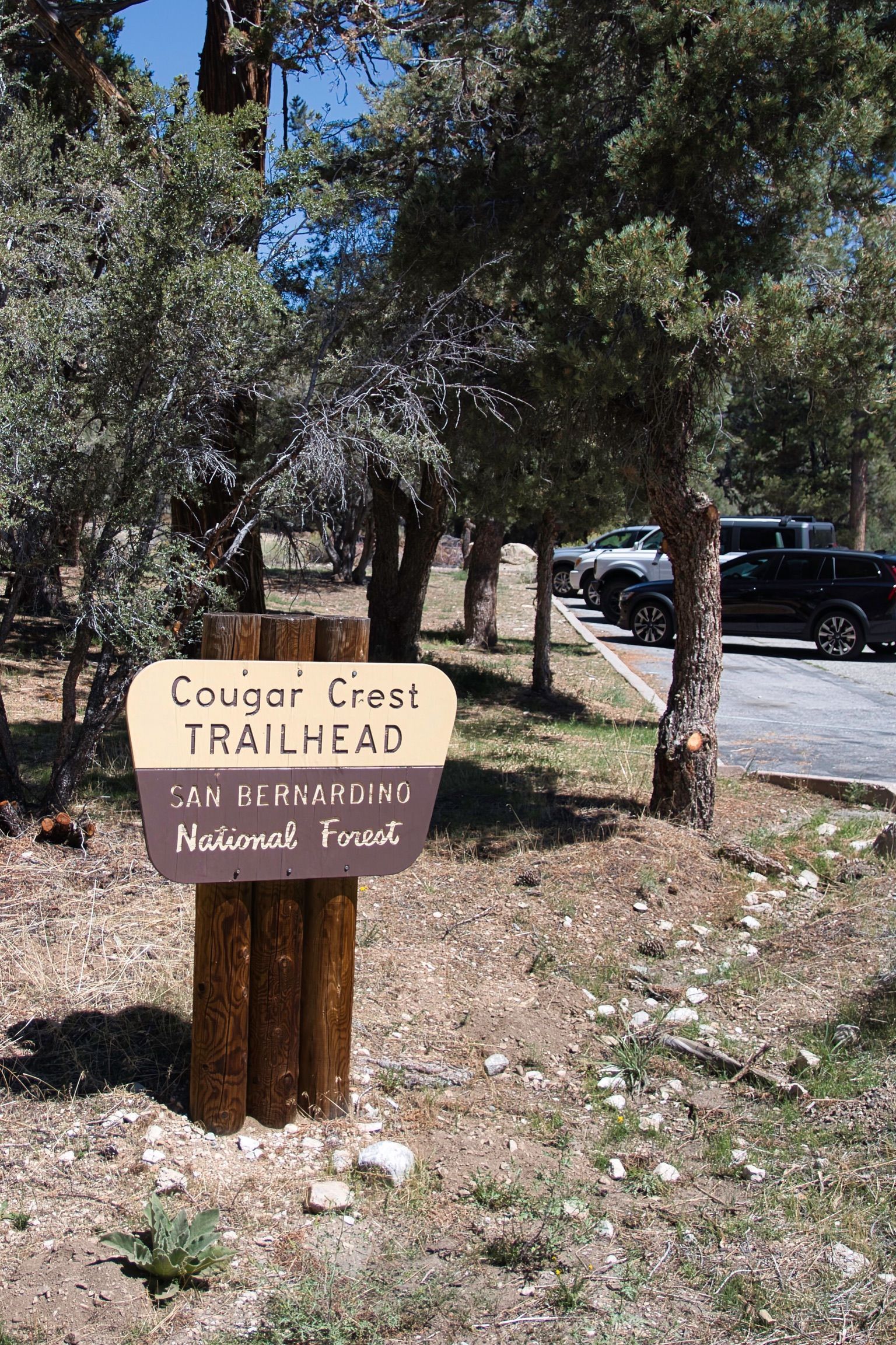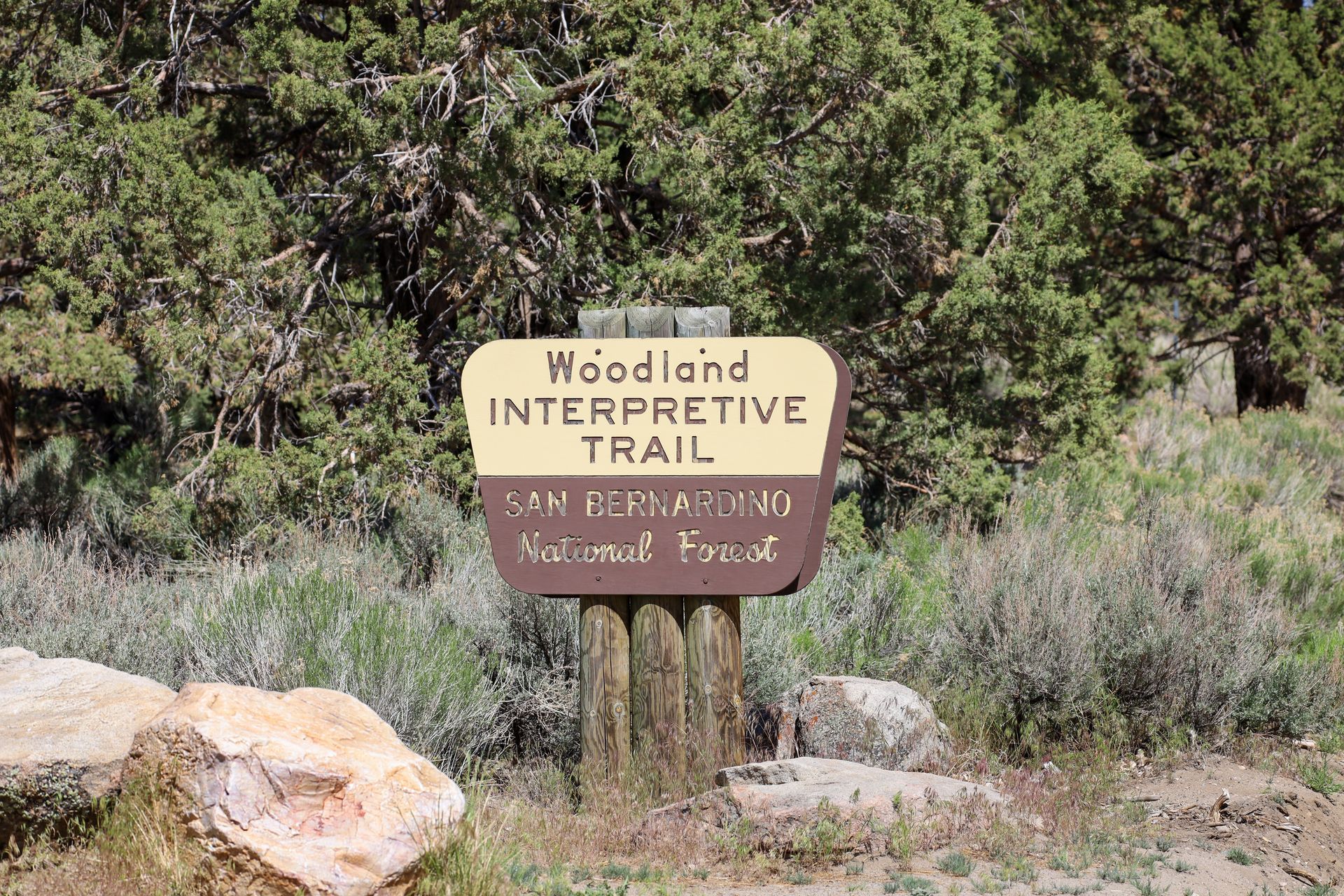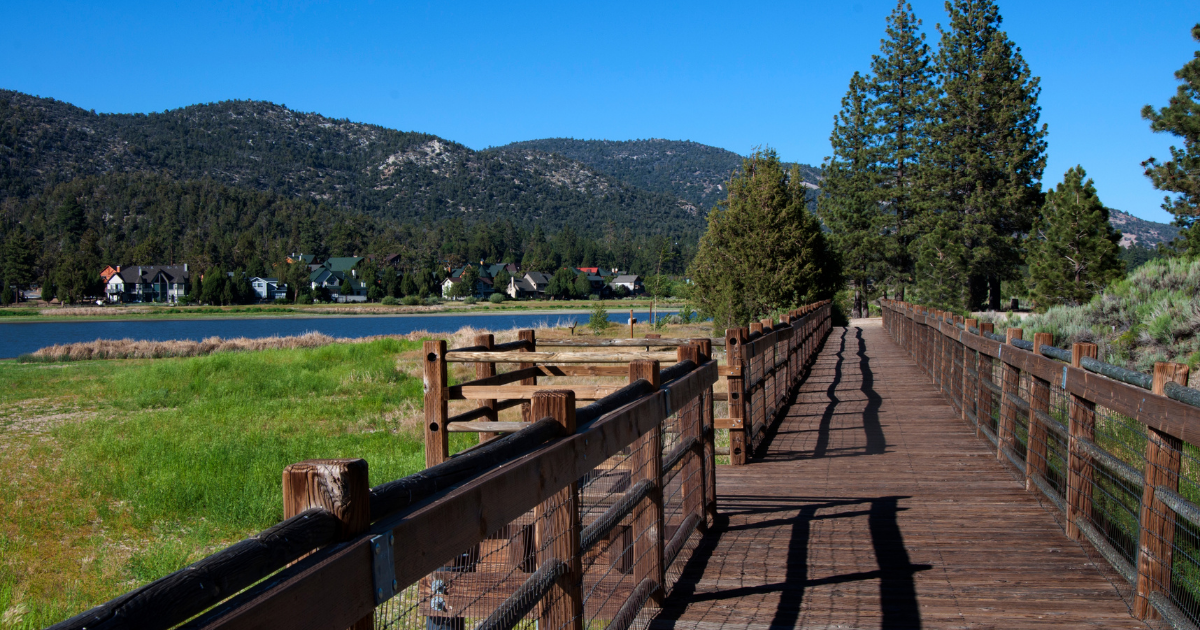Big Bear Discovery Center Nature Trail
Explore Big Bear's nature on the easy 0.5-mile Discovery Center Trail. Learn about wildlife, plants, and geology. Family-friendly!
Length/Distance
0.5-mile loop trail
Elevation
Minimal
Difficulty Level
Easy
Dogs
Discover Big Bear's Nature Up Close on the Discovery Center Trail
Enhance your Big Bear visit with a stroll on the Big Bear Discovery Center's delightful 0.5-mile Nature Trail. This easy loop offers a chance to learn about the San Bernardino Mountains' plants, animals, and rocks through informative signs. A perfect outdoor experience for all ages.
Trail Highlights: Wander along the gentle path and discover fascinating facts about the local ecosystem. Keep an eye out for birds and small mammals!
Getting There: The Nature Trail is located at the Big Bear Discovery Center on the north shore. Ample parking is available. Just follow the signs or ask a guide inside.
Understanding Our Trail Difficulty Ratings: Know Your Limits!
Our trail ratings (Easy, Medium, Difficult) are provided as a general guide to help you choose a suitable hike.
Easy Meaning: Generally flat or gently sloping terrain. Well-maintained paths with minimal obstacles like roots or rocks. Suitable for most fitness levels, including beginners and families with young children. Expect a leisurely and comfortable experience.
Medium Meaning: Involves moderate inclines and declines. The trail surface may be uneven with some roots, rocks, or narrower sections. Requires a reasonable level of fitness and some hiking experience. Expect a bit of a workout and the need to pay more attention to your footing.
Difficult Meaning: Features significant elevation changes (steep climbs and descents). Expect challenging terrain with obstacles like large rocks, roots, potentially slippery surfaces, and possibly exposure. Requires a good level of fitness, experience with more demanding trails, and appropriate gear. Expect a strenuous and potentially technical hike.
Our trail ratings are a general guideline. Your personal fitness, experience, current conditions (weather, trail surface), and any pre-existing health conditions will significantly impact your perception of a trail's difficulty. Always err on the side of caution and choose a trail that aligns with your capabilities.
Dog-Friendly Trails: Hike Responsibly with Your Pup!
Just because a trail welcomes dogs doesn't automatically mean it's the right choice for yours. Always consider the trail's difficulty and potential hazards for your dog's safety.
Big Bear Lake trails can feature dangerous steep hills, high elevations that can be challenging for some dogs, and uneven terrain. Assess your dog's fitness level, breed predispositions, and experience before choosing a hike.
Remember, responsible dog ownership on trails includes:
- Keeping your dog on a leash at all times for their safety, the safety of other hikers and wildlife, and to comply with regulations.
- Always picking up and properly disposing of your dog's waste to keep our trails clean and healthy for everyone.
- Prioritizing your dog's well-being ensures a safe and enjoyable experience for both of you on the trail.
General Hiking Safety: Be Prepared and Stay Safe!
Big Bear Lake trails offer beauty, but be mindful of inherent risks:
- Wildlife: Unpredictable encounters can be dangerous. Prepare by knowing local animals and safe practices.
- High Elevation: Altitude sickness and dehydration are real risks. Acclimatize and hydrate diligently.
- Hazardous Terrain: Falls from uneven surfaces, rocks, and cliffs are possible. Watch your footing and be cautious near edges. Weather changes can worsen conditions.
- Lack of Water/Food: Dehydration and exhaustion are serious threats. Carry ample water and snacks.
- Getting Lost: Disorientation can lead to dangerous situations. Stay on marked trails and carry navigation.
- Inadequate Gear: Lack of proper equipment increases vulnerability. Wear appropriate shoes, layers, and carry a first-aid kit and light.
- Unannounced Hikes: Delays in help during emergencies can be critical. Always tell someone your plans.
Understanding these dangers and preparing accordingly is crucial for a safe and enjoyable hiking experience. By being prepared, aware of your surroundings, and respecting the natural environment, you can significantly enhance your safety and enjoyment on the trails.
Discover More Trails

WildLfe
Add a link
Add a link
Add a link
add a title
Add a link
Add a link
Add a link
add a title
Place an image or any other element you want
Add a link





